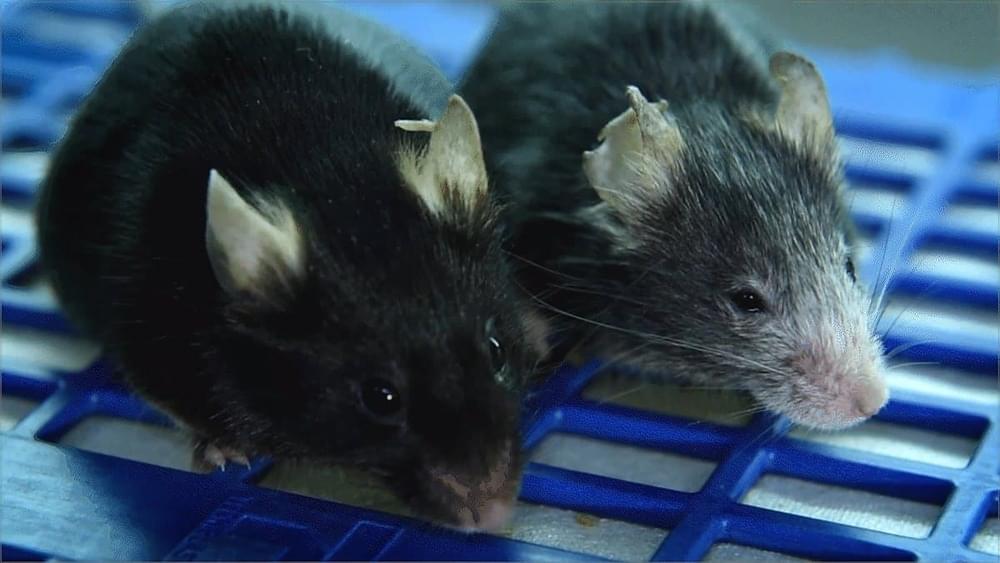Cardiovascular disease (CVD) is the #1 cause of death globally and encompasses a broad set of over a dozen disorders that compromise the function of the heart and blood vessels. The major cause of CVD by far, however, is the pathological process of (CDC, 2022). Like the accumulation of rust within pipes, involves the gradual build up of plaque within arteries which compromises the flow of blood and oxygen in the body. Strikingly, is responsible for more than 40% of all deaths worldwide, and 80% of those deaths are in individuals 65 years and older. This includes mortality from devastating pathologies that are among the leading causes of death like coronary artery disease, chronic obstructive pulmonary disorder and stroke (Pahwa, 2022).







